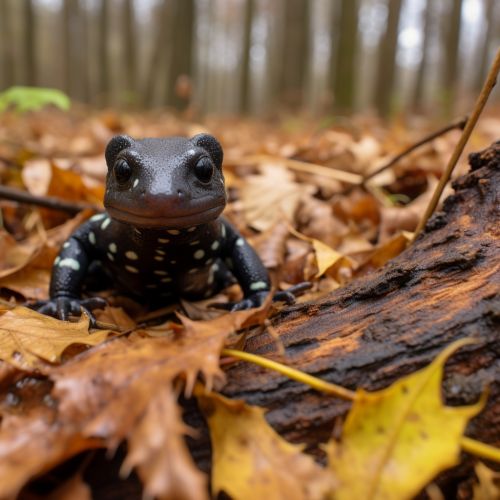Hynobius retardatus
Taxonomy and Description
Hynobius retardatus, also known as the Oita salamander, is a species of salamander in the family Hynobiidae. It is endemic to Japan, primarily found in the Oita Prefecture. The species is characterized by its small size, dark coloration, and distinctive morphological features.


The Oita salamander is a small amphibian, typically measuring between 10 to 13 centimeters in length. It has a dark brown to black coloration, with a lighter, often yellowish underbelly. The species is distinguished by its short limbs, long tail, and the presence of costal grooves along the sides of its body.
Habitat and Distribution
The Oita salamander inhabits the mountainous regions of the Oita Prefecture in Japan. It is typically found in cool, damp environments such as forests, streams, and wetlands. The species has a preference for high altitude areas, often found at elevations of 500 to 1000 meters above sea level.
Behavior and Ecology
Like most salamanders, Hynobius retardatus is a nocturnal creature, most active during the night. It spends its day hidden under rocks, logs, or leaf litter, emerging at night to hunt for food. Its diet primarily consists of small invertebrates, including insects, spiders, and worms.
During the breeding season, female Oita salamanders lay their eggs in small, shallow pools of water. The eggs are encased in a gelatinous mass, which the female guards until they hatch. The larvae are fully aquatic and undergo metamorphosis before emerging as juvenile salamanders.
Conservation Status
The Oita salamander is currently listed as Vulnerable on the IUCN Red List. The primary threats to the species are habitat loss due to deforestation and pollution. Conservation efforts are underway to protect the species and its habitat, including the establishment of protected areas and captive breeding programs.
